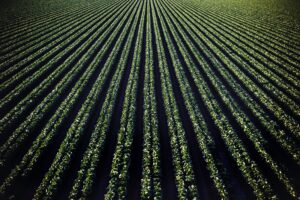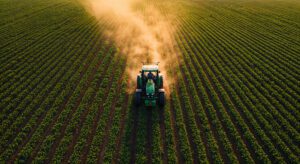SILGO – Spray Adjuvants for Agriculture
In today’s agricultural landscape, efficiency is everything. Farmers need crop protection and nutrition products to perform at their best — and that doesn’t just depend on what’s in the tank. The way a spray solution interacts with plant surfaces, weather, and equipment can make the difference between an average and an outstanding result. This is where spray adjuvants for agriculture play a vital role.
Spray adjuvants are additives that improve the performance of herbicides, fungicides, insecticides, and foliar feeds. They don’t provide direct control of pests or weeds, but they help active ingredients spread, stick, penetrate, and deliver results more effectively. When it comes to choosing the right adjuvant, SILGO products are among the most trusted and suitable solutions for today’s farmers.
What Are Spray Adjuvants?
Spray adjuvants are specially formulated products added to a spray mix to improve efficiency. They can:
- Help droplets spread across waxy plant surfaces.
- Improve sticking, so solutions stay in place longer.
- Enhance penetration into leaves, stems, or soil.
- Reduce drift and keep applications on target.
- Prevent foaming and keep tank mixes stable.
In short, adjuvants ensure you get the maximum benefit from every litre of crop protection product you apply.
Types of Spray Adjuvants
There are several categories of spray adjuvants, each with a specific function:
- Surfactants – Reduce surface tension and help droplets spread evenly.
- Crop oils and MSOs – Improve penetration through tough or waxy plant cuticles.
- Drift control agents – Reduce off-target movement of sprays.
- Antifoam agents – Prevent excessive foaming during tank mixing.
- Compatibility agents – Keep complex tank mixes stable and uniform.
SILGO spray adjuvants are designed to cover these needs with high-quality, reliable formulations that integrate seamlessly into modern spray programs.
Why SILGO Spray Adjuvants Are the Most Suitable
Not all adjuvants are created equal. SILGO products are developed with today’s farming challenges in mind, offering benefits such as:
- Proven compatibility with a wide range of herbicides, fungicides, and insecticides.
- Consistent performance across different crops, climates, and spray systems.
- Ease of use – SILGO formulations are simple to mix, handle, and apply.
- Enhanced efficiency – designed to maximize spray coverage and reduce waste.
- Sustainability focus – helping farmers achieve better results while lowering environmental impact.
By choosing SILGO, farmers can be confident that they are using adjuvants that match the strength and reliability of the crop protection products they are supporting.
How to Choose the Right Spray Adjuvant
Selecting the correct adjuvant depends on:
- The type of pesticide or foliar fertilizer being used.
- The crop and target pest or weed species.
- Environmental conditions such as wind, heat, and humidity.
- The type of application equipment in use.
With SILGO’s diverse product range, it’s easier to find a solution that fits your exact needs — whether that’s a non-ionic surfactant for broad-spectrum use or a drift control agent for precise spraying.
The Future of Spray Adjuvants in Agriculture
As agriculture becomes more focused on sustainability, precision, and cost-effectiveness, spray adjuvants will only grow in importance. Farmers want products that deliver maximum efficiency with minimal waste, and SILGO spray adjuvants are at the forefront of this shift, combining advanced formulations with practical, field-tested performance.
Conclusion
Spray adjuvants for agriculture are essential tools for maximizing the effectiveness of crop protection and nutrition products. By improving coverage, sticking power, and penetration, they ensure farmers achieve stronger, more consistent results. Among the options available, SILGO spray adjuvants stand out as the most suitable choice, offering reliable performance, compatibility, and value.
For growers looking to get the most from every application, SILGO products provide the confidence and results needed to succeed in modern farming.



